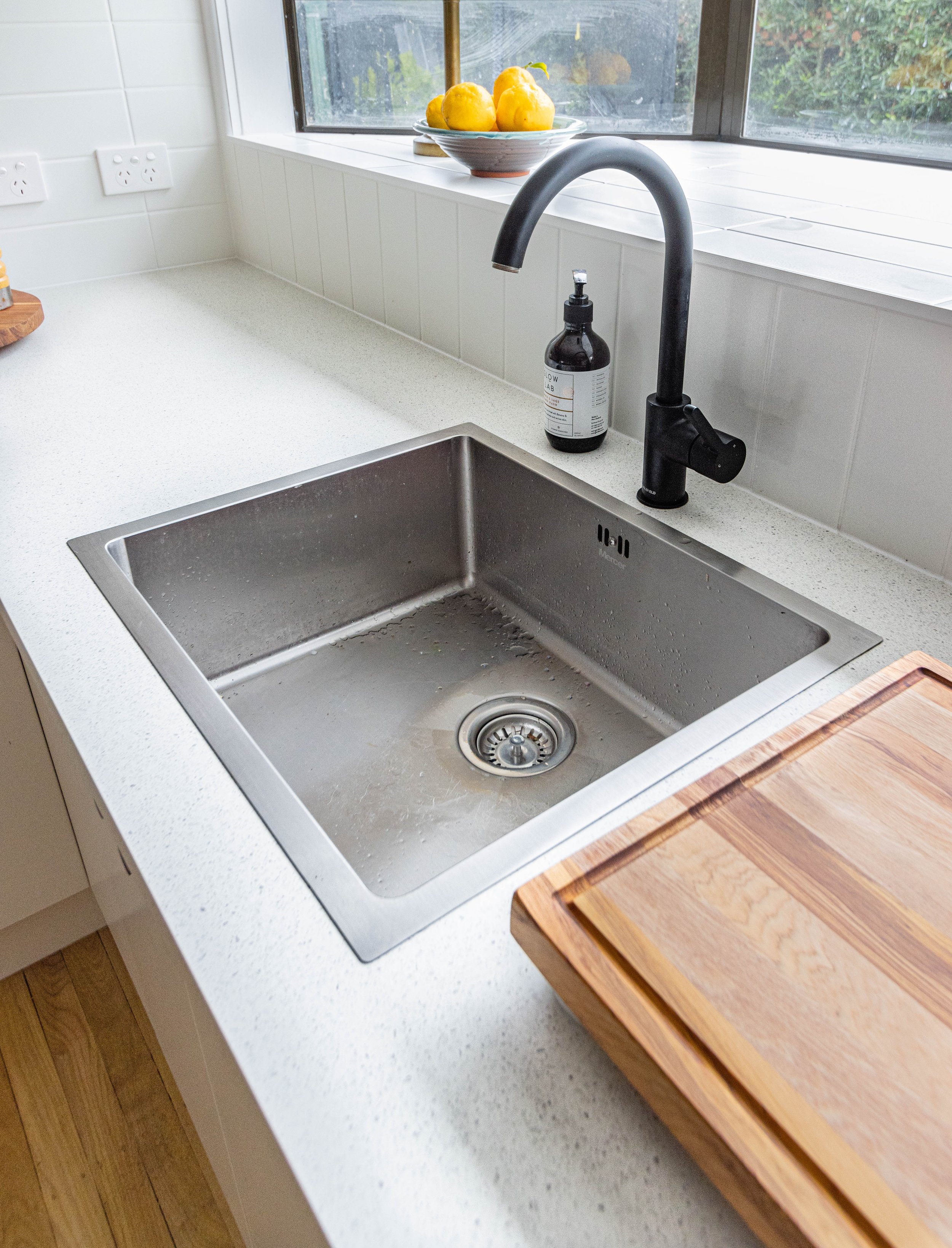A slow-draining sink, shower, or toilet might seem like a minor inconvenience, but it could be a warning sign of a much larger issue within your plumbing system. While it’s tempting to ignore the problem or rely on quick fixes, understanding the root cause is essential for avoiding costly repairs down the line.
In many cases, the issue isn’t just a surface-level clog but a deeper problem within your pipes. Tools like CCTV drain inspections can help identify hidden causes such as tree root intrusion, pipe damage, or severe blockages. Addressing these underlying issues early can save you time, money, and frustration.
Common Causes of Slow Drains
Slow drains occur when water struggles to flow freely through your plumbing system. While the cause can sometimes be minor, it’s important to rule out more serious issues. Here are some common reasons your drains might be sluggish:
1. Build-Up of Debris
Hair, soap scum, grease, and food particles can accumulate over time, gradually narrowing the diameter of your pipes. This reduces water flow and causes water to drain more slowly.
2. Tree Root Intrusion
Tree roots are drawn to the moisture and nutrients found in sewer lines. Once they infiltrate your pipes, they can cause severe blockages or even crack the pipes themselves.
3. Damaged Pipes
Older pipes made from materials like clay or cast iron can corrode, crack, or collapse over time. These structural issues restrict water flow and often require professional repairs.
4. Improper Venting
Your plumbing system relies on vents to regulate air pressure. Blocked or poorly designed vents can slow down water flow, leading to sluggish drains.
5. Issues with the Main Sewer Line
A blockage or break in the main sewer line can cause slow drains throughout your home. This is often accompanied by other symptoms, such as foul odours or water backing up into multiple fixtures.
Why Slow Drains Shouldn’t Be Ignored
Ignoring a slow drain might seem harmless, but it can lead to bigger problems that are more difficult and expensive to fix. Here’s why addressing slow drains promptly is crucial:
1. Potential for Pipe Damage
A clog that’s left untreated can create pressure within your pipes, increasing the risk of cracks, leaks, or bursts.
2. Risk of Flooding
Severely blocked drains can cause water to back up and overflow, leading to water damage in your home. This is especially concerning in basements or low-lying areas.
3. Health Hazards
Slow drains can harbour stagnant water, which becomes a breeding ground for bacteria, mould, and pests. This can lead to unpleasant smells and even health risks for your family.
4. Escalating Repair Costs
What starts as a minor blockage can quickly escalate into a larger issue requiring significant repairs, such as replacing damaged pipes or addressing a collapsed sewer line.

How to Diagnose the Problem
Diagnosing the root cause of a slow drain is essential for finding the right solution. Here are steps to identify the issue:
1. Observe the Symptoms
Pay attention to how and where the problem occurs. Is only one drain affected, or are multiple fixtures experiencing slow drainage? If it’s the latter, the issue may lie in your main sewer line.
2. Test the Drains
Use a plunger to see if the issue is a simple clog. If the water drains faster after plunging, the problem might be debris build-up. However, if the problem persists, it could indicate a deeper issue.
3. Consult a Professional
When in doubt, it’s best to call a plumber. Professionals can use tools like CCTV drain inspections to get a clear view of what’s happening inside your pipes. This method is particularly effective for identifying hidden blockages, tree root intrusion, or structural damage.
Solutions for Slow Drains
The solution for your slow drain will depend on the underlying cause. Here are some common fixes:
1. Clear Blockages with a Drain Snake
A drain snake, also known as an auger, is effective for removing hair and debris trapped in the pipes. This tool can reach deeper than a plunger and is often sufficient for minor clogs.
2. Use Enzymatic Cleaners
Enzymatic drain cleaners break down organic material like grease and soap scum without damaging your pipes. These are a safer alternative to harsh chemical cleaners.
3. Repair or Replace Damaged Pipes
If damaged pipes are the issue, they may need to be repaired or replaced. Techniques like pipe relining can restore damaged pipes without requiring extensive excavation.
4. Remove Tree Roots
Professional plumbers can use hydro jetting or root-cutting equipment to remove tree roots from your pipes. In severe cases, pipe replacement might be necessary.
5. Address Sewer Line Problems
If the main sewer line is blocked or damaged, it will require immediate attention. Sewer line repairs might involve clearing blockages, patching cracks, or replacing sections of the pipe.

Preventing Slow Drains in the Future
Once your drains are flowing smoothly again, take steps to prevent future issues:
- Use Drain Covers: Install covers to catch hair, food scraps, and other debris before they enter your pipes.
- Avoid Pouring Grease Down the Drain: Grease can solidify and cause stubborn clogs.
- Flush Drains Regularly: Pour hot water down your drains once a week to help dissolve soap scum and grease.
- Schedule Regular Inspections: Periodic professional inspections can catch potential issues before they become serious.
Addressing slow drains promptly not only restores the functionality of your plumbing system but also prevents larger, more expensive problems from developing. With the right maintenance and a proactive approach, you can keep your drains flowing freely and your home plumbing system in top condition.




